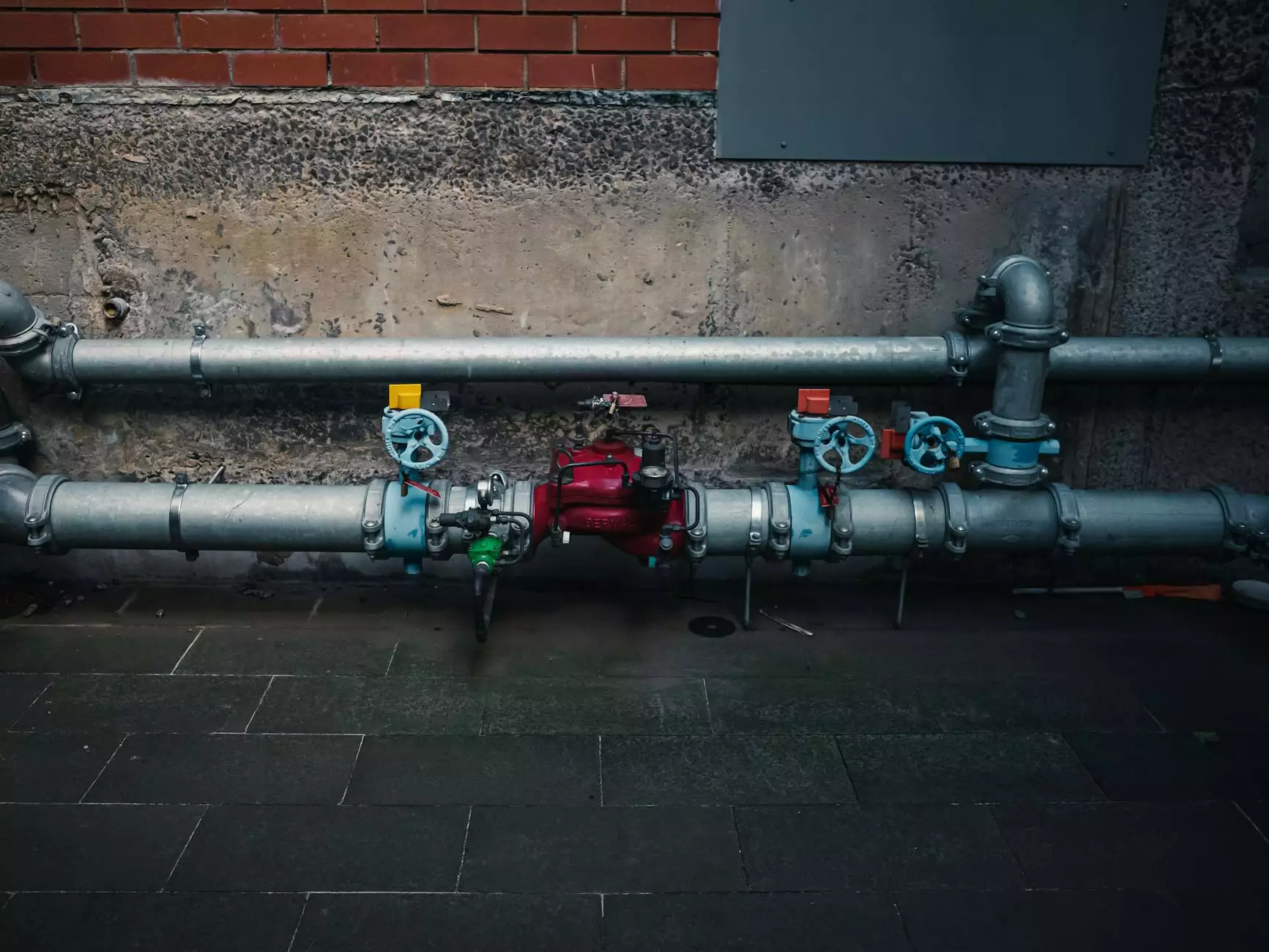Understanding Salpingo-Oophorectomy: A Comprehensive Guide

What is Salpingo-Oophorectomy?
Salpingo-oophorectomy is a surgical procedure that involves the removal of one or both of a woman's ovaries and the fallopian tubes. This operation can be performed for various reasons, including the treatment of ovarian cysts, tumors, or as a preventative measure for women at high risk of ovarian cancer. Understanding this procedure is crucial for those who may be facing such medical decisions.
Indications for Salpingo-Oophorectomy
The need for a salpingo-oophorectomy may arise from several medical conditions. Here are some common indications:
- Ovarian cancer: Women diagnosed with ovarian cancer may require the removal of the ovaries and fallopian tubes.
- Endometriosis: In severe cases where endometriosis affects ovarian function, surgery may be necessary.
- Ovarian cysts: Persistent or painful cysts may need surgical intervention to alleviate symptoms.
- Genetic predisposition: Women with BRCA1 or BRCA2 mutations might opt for this surgery as a preventive measure.
The Procedure: What to Expect
The process of salpingo-oophorectomy can vary depending on whether one or both ovaries and tubes are being removed and the surgical technique used. It typically follows these steps:
Diagnosis and Pre-operative Preparation
Before undergoing the procedure, comprehensive diagnostic tests such as ultrasounds, blood tests, or imaging scans are conducted to ascertain the necessity of the surgery. Pre-operative discussions with the surgical team are crucial to understand the procedure’s risks and benefits.
Anesthesia
The procedure is usually performed under general anesthesia, ensuring that the patient remains unconscious and pain-free throughout the operation.
The Surgical Procedure
Surgeons may utilize either an open surgery or a minimally invasive laparoscopic technique. During an open surgery, a larger incision is made in the abdominal area. In contrast, laparoscopic surgery involves smaller incisions through which specialized instruments and a camera are inserted.
Post-operative Care
After the surgery, patients are moved to a recovery area where vital signs are monitored. Pain management and wound care instructions are provided to aid recovery. It's common to experience some pain or discomfort post-surgery, which can be managed with medication.
Recovering from Salpingo-Oophorectomy
The recovery period following a salpingo-oophorectomy varies by individual and the nature of the surgery:
- Hospital Stay: The length of hospital stay may range from a few hours to a few days depending on whether the procedure was minimally invasive or open surgery.
- Activity Restrictions: Patients are advised to refrain from heavy lifting, strenuous activity, or sexual intercourse for several weeks.
- Follow-Up Visits: Regular follow-up appointments are critical to monitor recovery and manage any potential complications.
Potential Risks and Complications
Like any surgical procedure, a salpingo-oophorectomy carries risks. It's important to understand these potential complications:
- Infection: Surgical sites are susceptible to infections if not cared for properly.
- Bleeding: Excessive bleeding during or after the surgery can occur, requiring medical attention.
- Anesthesia complications: Reactions to anesthesia, although rare, can present challenges during surgery.
- Long-term effects: The removal of ovaries leads to loss of hormone production, potentially inducing menopause and associated symptoms.
Impact on Women's Health
The role of salpingo-oophorectomy extends beyond immediate health issues. For women facing hereditary risks, particularly those with BRCA mutations, the surgical removal of ovaries and fallopian tubes can significantly decrease the risk of developing breast and ovarian cancers.
Moreover, understanding the implications of this surgery is essential for mental health as well. Many women experience emotional responses after such a life-altering decision, necessitating counseling and support.
Alternatives to Salpingo-Oophorectomy
While a salpingo-oophorectomy is often necessary, alternatives may exist depending on the medical situation:
- Medication: Hormonal treatments and pain management may address certain conditions without resorting to surgery.
- Monitoring: In some cases, observation and regular check-ups can be adequate, especially when asymptomatic.
- Minimally Invasive Procedures: Techniques such as hysteroscopy may offer solutions for some patients without total removal.
Conclusion
In conclusion, salpingo-oophorectomy is a significant surgical intervention in the field of women's health. Recognizing its indications, understanding the procedure, and being aware of the follow-up care can empower women in their health decisions. Dr. Seckin and his team are dedicated to providing comprehensive care and education regarding such surgical options for women. With the right information and support, women can navigate their health journeys confidently and effectively.
For more information or to schedule a consultation, visit Dr. Seckin's official website.
define salpingo oophorectomy








